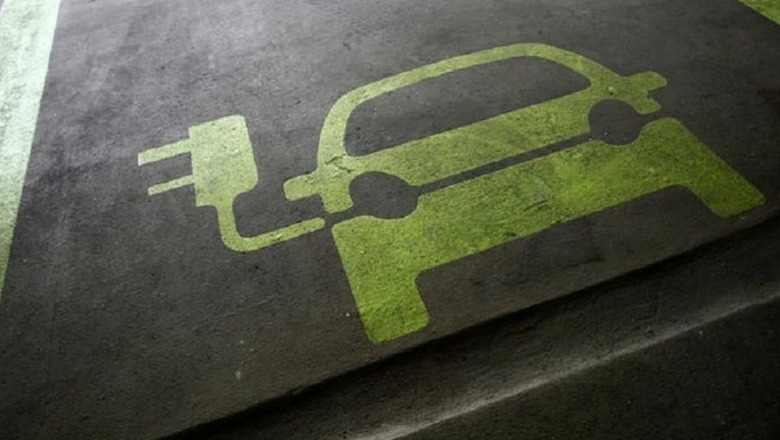
views
When discussions regarding sustainable alternatives to fossil fuels erupt, one of the main alternatives that emerge is Hydrogen fuel cells. Consequently, discourses surrounding decarbonised energy sources have considered Hydrogen fuel cells, a credible alternative, along with electric energy.
India is gradually building infrastructure worth fostering these shifts in fuelling the locomotion and development. The independence speech of 2021 by Prime Minister Narendra Modi also mentioned India’s intention to use hydrogen as fuel under the veil of Mission Hydrogen.
But is switching to hydrogen-based energy viable for a country such as India? Will the government sustain the drive to channel resources, which honestly, producing hydrogen fuel takes a lot of? Let’s find out by discussing the hindrances that are in the way of the switch to Hydrogen fuel cells.
Being the most prevalent and widespread element on planet Earth, hydrogen is very readily available. Moreover, it is as renewable as it is abundant, which makes it the perfect element to construct our future with. But there is a catch.
Energy Required Vs. Energy Extracted
Despite being the most readily available element, it takes a lot of energy to extract hydrogen. In some cases, the energy required to extract hydrogen can be more than the energy extracted from hydrogen. Now that we are on the extraction aspect of hydrogen fuel cells let’s throw some light on it.
Mission Green: Impossible
The extraction of hydrogen is an electrochemical process that requires another source of energy. If this energy is completely carbon-neutral, then the hydrogen extracted from the process is called ‘Green Hydrogen.’ If not, then fossil fuels are the best option to produce that amount of energy needed. Now when this particular situation is factored in, the investment in producing hydrogen skyrockets instantly.
Infrastructure And Investment
It is because using fossil fuels to produce energy for the extraction of hydrogen is the classic ‘back to square one’ situation. It is counter-productive. And to counter this method, a huge amount of investment is required to build the infrastructure and do enough research to balance the supply-demand dynamics whilst also achieving carbon-neutral goals.
Also Watch:
Overall Cost
Expensive and precious metals such as platinum and iridium, which act as catalysts in fuel cells, will be required, which will, in turn, make the hydrogen-fuel cell available to only a specific economic stratum of society. The overall cost of production is very less efficient as compared to electric battery cells.
Safety and Storage
Hydrogen fuel cells provide energy with an enhanced density which makes them highly flammable. This poses certain safety issues. In addition, storing and transporting hydrogen also becomes inviable and cost-inefficient.
Read all the Latest Auto News and Breaking News here

















Comments
0 comment